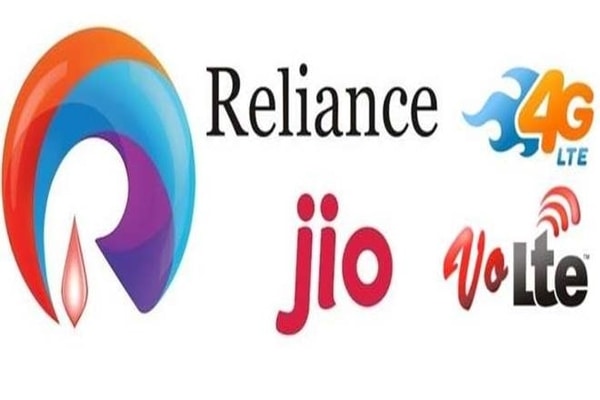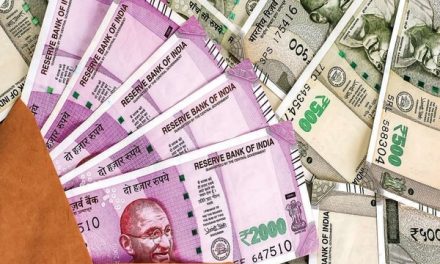USB devices are at major risk of getting infected by malware. Simply because they are used on multiple devices without much care about safety. This makes them vulnerable to act as objects of data theft and virus contamination. To help protect USB devices, State Bank of India (SBI) has shared some safety measures or on Twitter.
Shared by TheSBIOfficial, the tweet reads “Your USB device is most likely to be affected by dangerous malware if you use it recklessly. Follow these simple security measures to protect your device.” It also has a short video explaining Do’s and Don’ts for one to keep in mind.
Do’s
- Scan the USB gadget with the newest Antivirus earlier than accessing
- Shield the gadget with a password
- Encrypt the information and folders on the gadget containing financial institution statements
- Use USB safety merchandise to entry or copy knowledge within the USB
Don’ts
- Don’t settle for any promotional USB gadget from unknown members
- By no means maintain delicate data like financial institution particulars or passwords on the USB disk
- By no means join the gadget to a virus contaminated system
Recently, State Bank of India, the country’s biggest lender has also introduced a card-less cash withdrawal facility or OTP-based cash withdrawal facility to protect its customers from unauthorized transactions across all SBI ATMs. This new facility has been active since the start of 2020 and allows ATM cardholders to withdraw cash with the help of OTP.
According to the state-owned lender, an OTP is sent to the registered mobile number of the customer before cash withdrawal. The OTP is a numeric string of characters to authenticate the user for a single transaction. Once the customer enters the amount he wishes to withdraw, the ATM screen will display the OTP screen. The customer then needs to input the OTP received on his registered mobile number for getting cash dispensed from the ATM. This process is much safer as compared to ATM card-based cash withdrawal and helps protect customer data from fraudsters.
Meanwhile, India has 269,789 active cases—or patients still under treatment—as of Thursday morning, while 21,129 deaths have been attributed to the infection, the latest health ministry data showed. Active cases rose 20% in the last seven days, in line with the week-ago period (25 June to 2 July). The seven-day spike in deaths is 19%, compared to 21% in the preceding week. The seven-day rolling averages have been considered for these calculations since they minimize the effect of volatile and delayed reporting.












